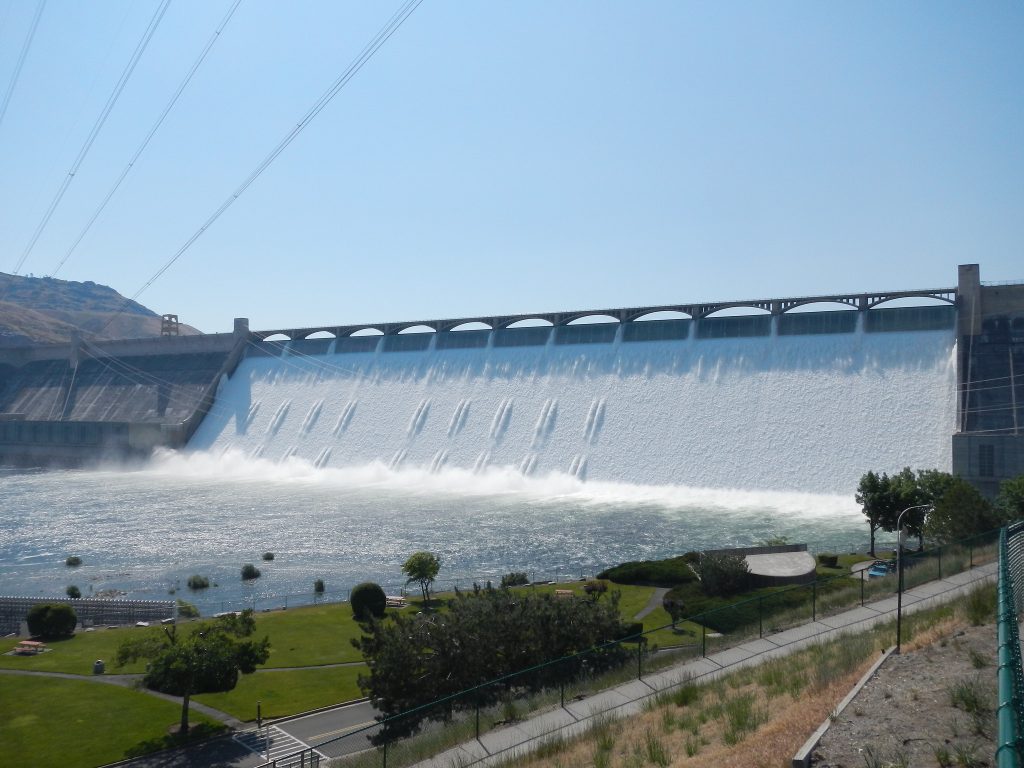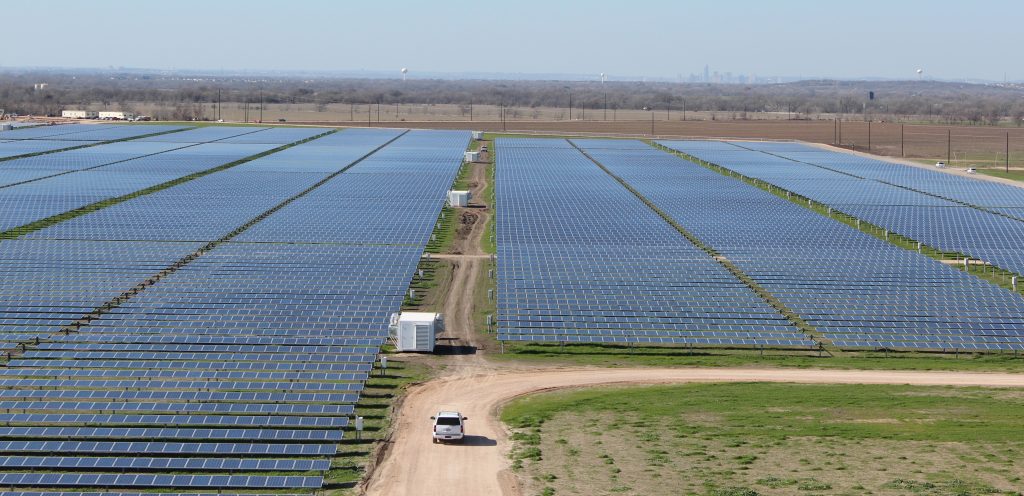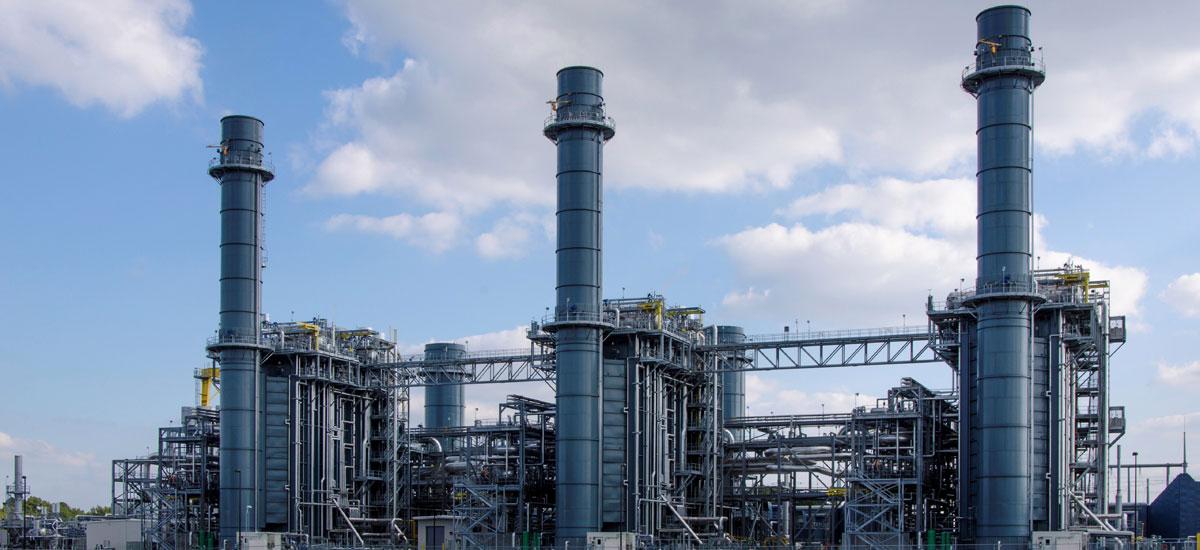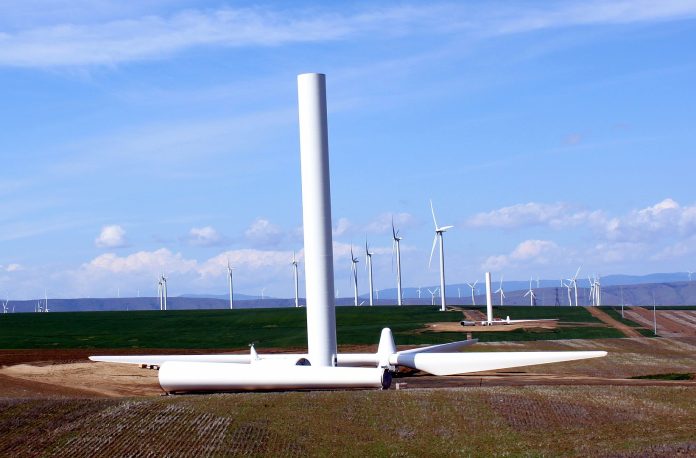It’s been a few months since the initial outbreak of Covid-19, and pandemic has already altered our societal fabric in profound ways. Fewer people are frequenting stores and restaurants, travel has decreased significantly, and we’ve been forced into the worst economic recession in recent history. More than 23.1 million Americans are unemployed right now–and millions of their jobs aren’t coming back.
So as we grapple with the immediate effects of the pandemic, it’s also crucial to consider our next steps. How will we recover economically, and how will we ensure that Americans can sustain their livelihoods? History provides us with clues.
Ninety years ago, our country was hit hard by the Great Depression. Banks shuttered, jobs disappeared, and agriculture failed. The Hoover administration entrusted the free market to lead economic recovery but was unsuccessful for years. Franklin Delano Roosevelt, on the other hand, later pumped billions of public dollars into the economy through his New Deal programs that in turn created millions of jobs.

It’s hard to deny the success of the New Deal–it created millions of jobs, gave people money to spend, and thus pumped into the economy with money to get it moving again. These jobs weren’t just work for the sake of work–these jobs gifted us with much of the infrastructure we know and love today. Hundreds of national parks, and dams, among others. One might even argue that progress was being made at a faster pace during the Great Depression than before it (or any time after).
Short history lesson over, our current recession actually presents a rather intriguing opportunity: to build necessary infrastructure without the usual financial barriers (simply put, it’s the government’s interest to spend money). Government stimulus got us out of the Great Depression, and it will get us out of our current one too. Now is our chance to create millions of high quality, necessary jobs and build something that will benefit the nation for years to come.
That something should be renewable energy. The reasons are clear: renewable creates jobs, is easy to design and implement, and would be a key step in our fight against climate change. Jobs are most likely the most important part, since they’d play the biggest role in immediate economic recovery. Luckily, renewables create a lot of them.
A modest $2 trillion stimulus package (similar in price to the CARES Act) focused on renewables would create 132 million job years. In practical terms, that would translate to about 66 job years for every $1 million invested–or about three times as many jobs as oil and fracked gas.
These jobs should be specifically focused (at least in the beginning) where oil is currently dominant. Investing in renewables spells doom for the oil industry and likewise oil-heavy areas will face an intense employment crunch. Oil jobs are unsustainable and need to go; the question is when and how we’ll deal with it.
Taking a heavy-handed approach and simply watching oil die would be a no-go. It might help to look at renewables from the perspective of someone who works for oil: like it or not, working in the oil industry is a job, and for many it might be the only job available. Oil workers are people too, so it’s very important to ensure that even if the oil industry declines, unemployment won’t skyrocket.
Thankfully, many of those oil-heavy areas are perfectly suited for renewables, so they can be where we build our first renewable projects under the stimulus. We’ll start with massive solar farms in Texas, then move onto dams in Alaska, and dot the Great Plains with wind turbines.

Truthfully, all of America is perfectly suited for renewables. National Geographic made a handy map a while back of what our country’s power generation might look like when it becomes carbon-free. Each state can fully satisfy its energy needs using renewables. The Royal Society of Chemistry even published a study detailing a roadmap for each state’s transition to renewables.
Here’s a few key takeaways.
Firstly, fully converting the US to renewable energy by 2050 would create around 3.9 million 40-year construction jobs and two million 40-year operation jobs (working out to around 236 million job years). This would completely outnumber the 3.9 million jobs lost in the oil industry.
And secondly, the total cost of converting to renewables by 2050 is about $13.4 trillion. Yes, it’s hard to swallow upfront, but remember that a large chunk of that can be paid for using recession stimulus, and the rest is paid over 30 years. Plus, renewables will save the American economy more than $600 billion per year by preventing damage caused by air pollution.
In the end, renewables make clear financial sense. Solar plant costs in particular have dropped by an incredible 82% since 2010, and it’s recently become cheaper to build (and has always been cheaper to operate) than coal. Alas, with the pandemic causing a sharp decline in electricity use, many utility companies are beginning to shut down coal plants to save costs.
Although it’s not all good news. While renewables are expected to eclipse coal this year, it’s largely only because coal is declining, not because renewables are becoming more popular. Thanks to the fracking boom and record-low gas prices, many utility companies are choosing “natural” fracked gas over renewables to replace coal. There’s more than 150 new gas plants slated for construction, connected by thousands of miles of new pipeline.
This is, of course, a terrible way forward. Sure, fracked gas produces about half as much pollution as coal, but it definitely does not produce the net zero that we need. Recent research even suggests fracked gas is worse than coal for the climate due to methane leakage–and methane is a far more potent greenhouse gas than carbon. What’s more, these plants could also lock in our use of fossils for the foreseeable future and spell biological disaster.

Climate experts warn that we won’t be able to limit global emissions by 1.5 degrees Celsius and unless we radically reduce emissions by 2027. Reducing our use of oil and gas is a good first step towards that goal, but switching to electricity won’t yet do the climate any favors either since a whopping 62% of it comes from fossil fuels.
This makes converting to renewables a huge priority because we need to curb those emissions. Even more important is that renewables will form the backbone for other polluters’ transition away from fossil fuels (since they’d be using more electricity). Think of it this way: an electric car wouldn’t be green if the electricity it ran on came from coal. Or a national high-speed rail network wouldn’t be terribly energy-efficient if its power was generated by fracked gas. Either way, there’ll be more demand for electricity as the country shifts away from fossil fuels so we’ll need to build renewable plants quickly and en masse.
Today, America has the opportunity to ditch fossil fuels for good. The recession is our calling–it can fund the start of America’s renewable energy transition, but only if we so choose. Let’s steer America to a cleaner, brighter future.
A future that actually exists.
Editor’s note: This article originally appeared under the pseudonym byline Hyra Zhang. Brandon Zuo is the same author.
Brandon Zuo is a high schooler and enjoys reading about urban planning and transportation. They enjoy exploring the city on the bus and on their bike. They believe that income and racial equality should be at the forefront of urban development. Brandon Zuo formerly wrote under the pseudonym Hyra Zhang.



